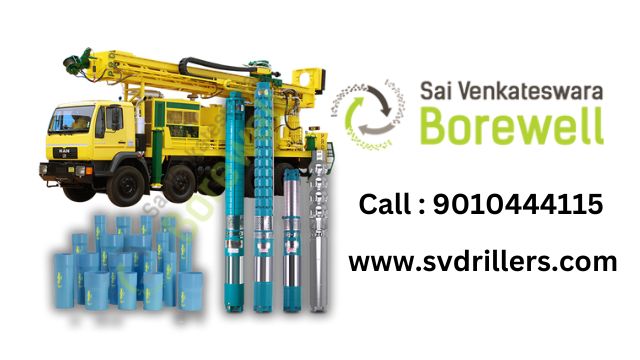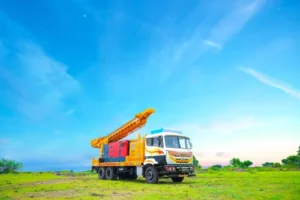Introduction
Water is the foundation of life, and ground water plays a crucial role in sustaining ecosystems, agriculture, and human consumption. With increasing water scarcity, understanding ground water management is essential for sustainable use. This guide will explore the basics of ground water, its importance, and best practices for conservation.
What is Ground Water?
Ground water is the water found beneath the Earth’s surface in soil and rock formations. It is stored in aquifers, which are permeable layers that hold and transmit water. Unlike surface water, ground water is less susceptible to evaporation and pollution, making it a reliable source for drinking and irrigation.
How Does Ground Water Work?
- Recharge Process – Rainwater and surface water seep into the ground, replenishing aquifers.
- Extraction – Wells and pumps draw ground water for human use.
- Natural Discharge – Springs and rivers release ground water back into the environment.
Why is Ground Water Important?
- Drinking Water Supply – Over 50% of the U.S. population relies on ground water for drinking.
- Agricultural Irrigation – Farmers use ground water to sustain crops, especially in dry regions.
- Ecosystem Support – Wetlands and rivers depend on ground water to maintain flow.
Sustainable Ground Water Management
To prevent over-extraction and contamination, follow these best practices:
✅ Monitor Usage – Track well levels to avoid depletion.
✅ Prevent Pollution – Limit chemical runoff from farms and industries.
✅ Recharge Aquifers – Use rainwater harvesting to replenish ground water.
Common Ground Water Contaminants
- Nitrates (from fertilizers)
- Heavy Metals (industrial waste)
- Pathogens (septic system leaks)
How to Test Your Ground Water
- Collect a Sample – Use a sterile container.
- Lab Analysis – Check for contaminants.
- Regular Monitoring – Test annually for safety.
Ground Water vs. Surface Water
| Feature | Ground Water | Surface Water |
|---|---|---|
| Availability | Stable, long-term | Seasonal, variable |
| Pollution Risk | Lower | Higher |
| Extraction Cost | Higher (wells) | Lower (rivers) |
Future of Ground Water Conservation
With climate change affecting water cycles, sustainable ground water management is critical. Governments and communities must invest in:
- Smart Irrigation (drip systems)
- Artificial Recharge (injection wells)
- Public Awareness (water-saving practices)
FAQ Section
1. What is the difference between ground water and an aquifer?
An aquifer is the underground layer that holds ground water, while ground water is the water itself.
2. How long does it take for ground water to recharge?
It can take years or even decades, depending on rainfall and soil conditions.
3. Can ground water run out?
Yes, over-pumping can deplete aquifers, leading to long-term shortages.
4. How can I reduce ground water pollution?
Avoid dumping chemicals, maintain septic systems, and use organic fertilizers.
5. What are the signs of ground water contamination?
Unusual taste, odor, or discoloration in well water may indicate pollution.
Conclusion
Sustainable ground water use is vital for future generations. By adopting responsible extraction and conservation methods, we can protect this precious resource.
🚀 Need expert help?
📞 Call us today at +91 9010444115
🌐 Visit SV Driller for a free consultation!
Keywords & Hyperlinks
- Ground Water – https://svdriller.com/ground-water
- Aquifers – https://svdriller.com/aquifers
- Water Conservation – https://svdriller.com/water-conservation
- Well Drilling – https://svdriller.com/well-drilling
- Sustainable Water Use – https://svdriller.com/sustainable-water
By following these guidelines, you can contribute to a more water-secure future! 🌍💧



